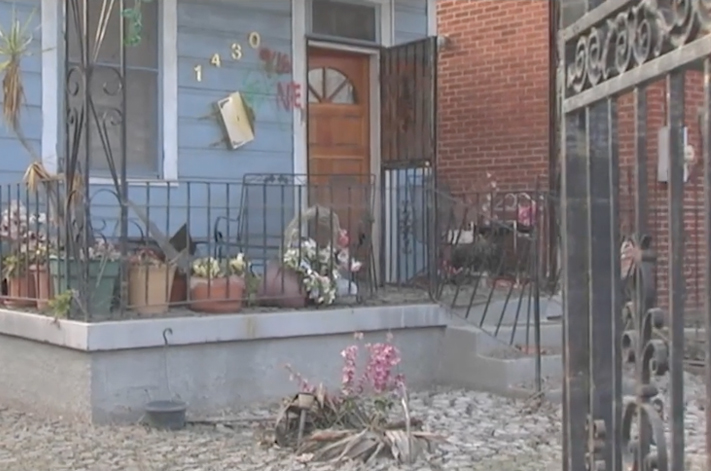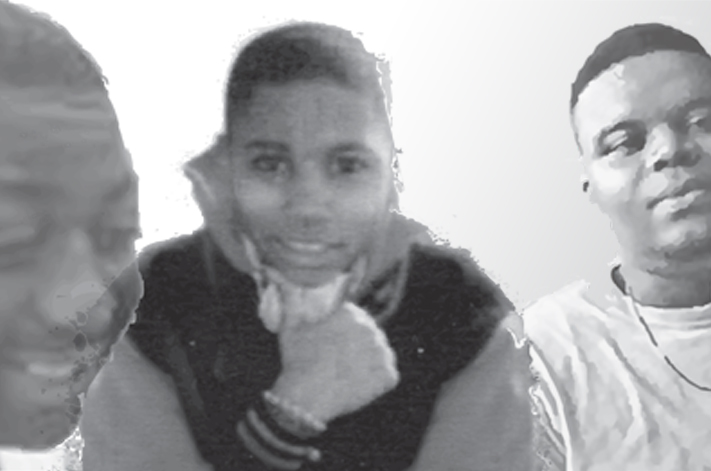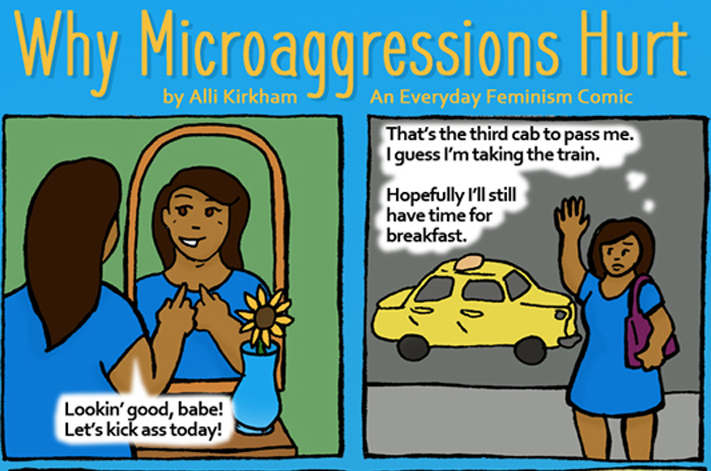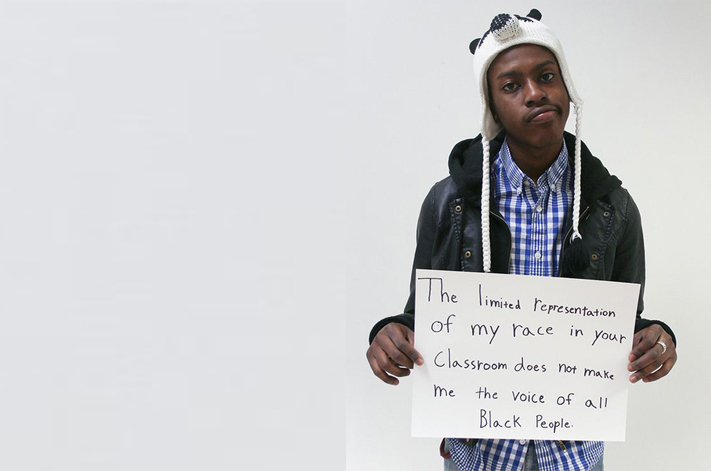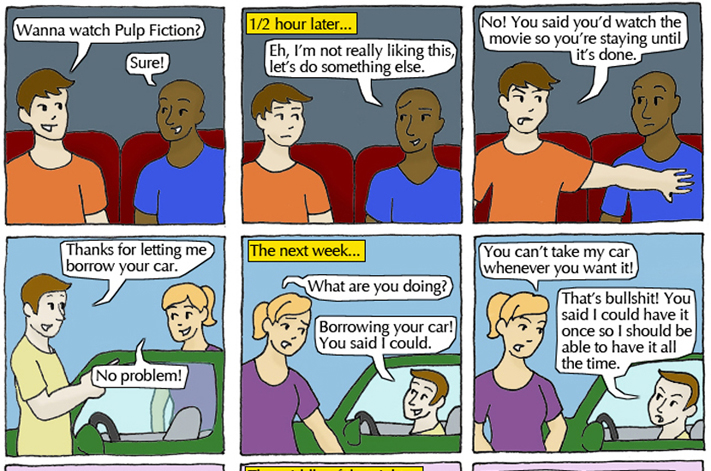Project Description
After 30 years of watching the public school open classroom where his wife taught, and admiring at a distance the model for learning that had evolved, Tom Valens couldn’t miss the opportunity to film her last class from beginning to end. And so he was there the day school started and many a day thereafter: one man with a camera and a tripod, trying to stay out of the way as kids skipped from one activity to another, listening on headphones for what was happening in other parts of the building, and sometimes rushing, tripod in hand, only to arrive at the action just as it ended. Slowly but surely kids came into focus: their relations with each other, with their teacher, with learning. And that is what he captured. The film is not meant to suggest that there is one right way to teach, but showing how one unconventional classroom puts schoolwork inside a larger picture, may help bring into focus a broader vision of what education should and can be.
Improving public education in America is considered a high priority by most of our leaders. Policymakers associate this almost solely with increased accountability as measured by student performance on standardized tests, stirring considerable outcry across the community of public educators. Many note that the isolated focus on so-called “basic skills” has eclipsed all the other functions of school, often to the detriment of children’s joy in learning, sense of belonging, creative expression, and self-confidence. These are not easy things to measure, but they are visible and palpable in a vibrant community of learners. We have sought to show how respecting both individual needs and the needs of a classroom community can translate into reaching our aspirations for a lively, creative, democratic society.
Few would say that they want a one-size-fits-all model of education, yet as decisions about schooling are made further and further away from children, parents and teachers, there is less and less flexibility in classrooms. Whether they describe it as progressive, humanistic, holistic, democratic, alternative, or just good practice, there are educational leaders, teachers and parents all over the US who are resisting. They have in common a desire to nurture the fire in each child, to recognize and support the whole child. Their approaches are alive and well, but often either under attack or under the radar in this time of testing and standardization.
We have aimed for a film supporting these approaches that is specific, personal, engaging, and energizing! Here is a local public school where teaching the whole child has created an environment full of empathy and creativity. Responsibility, Resourcefulness, and Real life experiences are as important as the traditional 3R’s. Parents who feel included in their children’s education play an important role.
AUGUST TO JUNE asks viewers to stop and reconsider how we achieve what we really value for our children and society. That it will look different in different communities is a given, and is the beginning of understanding why we cannot legislate how to teach, or put all our eggs in standardized measurements of success. Give communities well-prepared and supported teachers, in schools that are well-equipped and well-staffed, then let those communities create the learning environments best suited to their needs.

